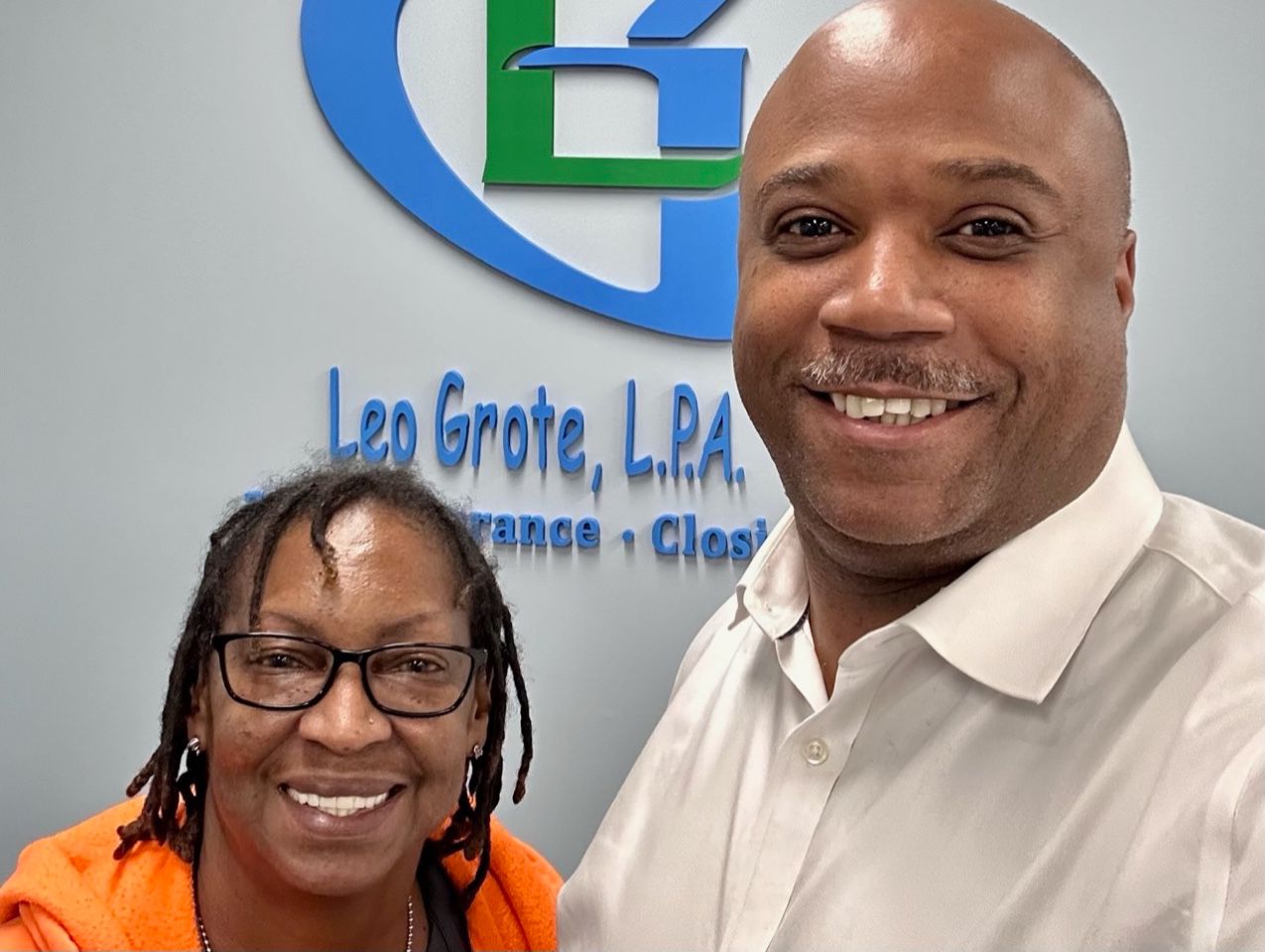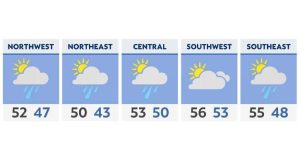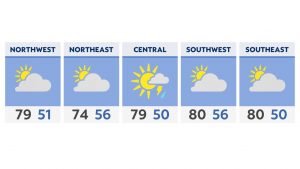CINCINNATI — Until last year, Susan Rogers didn’t know if she’d ever own her own home.
The 62-year-old had rented her entire adult life. But after a rent hike in 2021, the schoolteacher started to think more seriously about buying a place of her own.
“I decided to start looking once my landlord tried to raise my rent to basically what was a house note,” she said.
Rogers spent about a year working on her credit score. She had questions about next steps, though. The market was also strong with a lot of bidders and lofty price tags.
The whole process felt “a little intimidating,” Rogers admitted.
What You Need To Know
- The Greater Cincinnati Realtist Association hosts regular events to educate people about how to buy a home
- GCRA place special emphasis on Black homeowners, who historically are less likely to purchase a home
- Homeownership among Black residents of Hamilton County dipped between 2018 and 2019
- There are a number of grants and loans available for first-time buyers, lower income house hunters and existing homeowners
In August, Rogers attended a homeownership fair hosted by the Greater Cincinnati Realtist Association (GCRA), an organization committed to the securing equal housing opportunities for all Americans regardless of race, creed or color.

Susan Rogers and Darrick Dansby (Photo courtesy of Darrick Dansby)
GCRA hosts these events a few times a year in areas across the region. The next one is Saturday, Jan. 28 at the Corryville Recreation Center on Eden Avenue in Cincinnati.
While the fairs are open to anyone, there’s a particular emphasis on promoting homeownership among African-Americans.
From 11 a.m. to 1 p.m., prospective homebuyers can talk to housing industry experts about every aspect of the purchasing process — from working with banks and budgeting to inspections and appraisal.
They’ll also discuss the various resources and programs, such as grants or loans, available to first-time buyers like Rogers.
“I just jumped on it,” Rogers recalled of deciding to attend the GCRA event last year at Westwood Town Hall on Cincinnati’s west side.
After submitting four offers, she landed the perfect home about 10 miles north of downtown Cincinnati.
“Soon after I walked into the fair, I was introduced to a lender, was pre-approved and received my letter within a day or so,” she added. “Then, (GCRA President Darrick Dansby) and I went looking.”
Rebuilding trust after historic housing wrongs
Dansby, a licensed real estate agent, said situations like Rogers’ aren’t unique, especially among persons of color. Both he and Rogers are African-American.
The 2022 Roadmap to Black Homeownership report published by Housing Opportunities Made Equal (HOME) Cincinnati showed Black homeownership in the Cincinnati metro area is around 33%, while white homeownership is more than 40% higher.
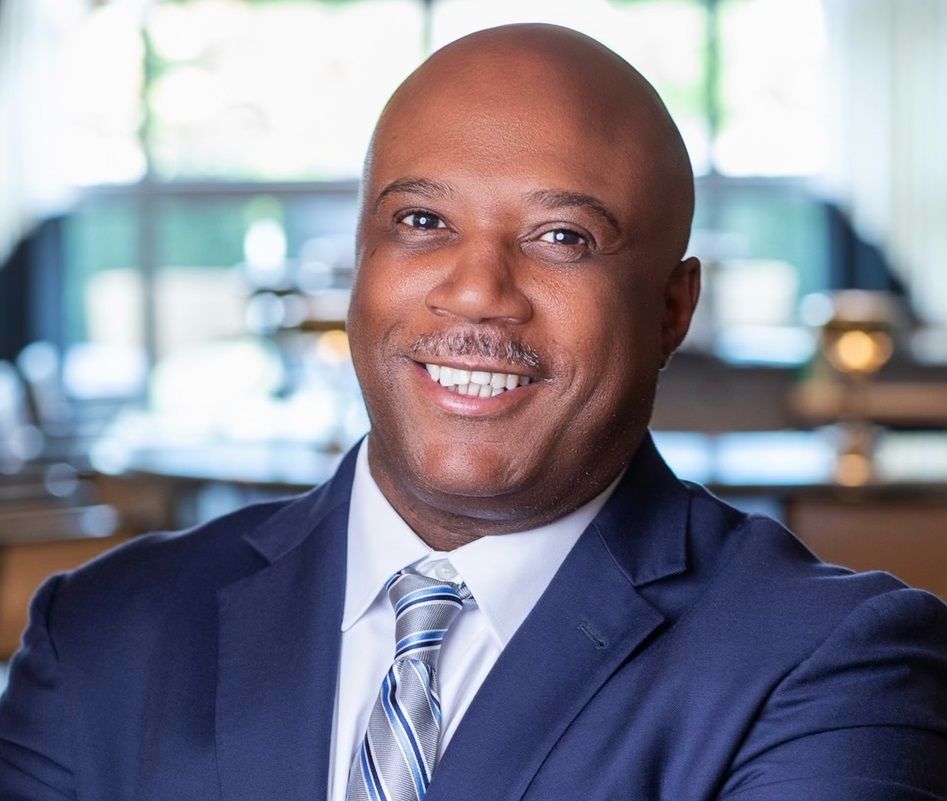
Darrick Dansby feels historically unfair and even racist lending practices continue to impact homeownership numbers among Black residents. (Photo courtesy of Darrick Dansby)
The same April 2021 Zillow research found the gap in Cincinnati is also getting worse. Nationally, the Black homeownership rate went up by 0.5% between 2018 and 2019, according to the Zillow data. But in Hamilton County, the number of Black homeowners actually decreased by 1.7% during that same time.
Numbers are similar in Cleveland and Columbus overall, but Cleveland saw an increase in Black homeownership between 2018 and 2019, per the Zillow data.
“Because of that lack of homeownership, many Black families haven’t been afforded with the equity that they need to be financially mobile and to move from a lower-class to middle-class situation,” Dansby said. “Because of that, we just don’t have any equity in our community the way other communities do.”
There are a lot of reasons for those homeownership gaps, Dansby added, but he feels the roots are historic racist or unfair lending practices, such as the decades of “redlining” and “greenlining” used by banks to determine if they should give loans or make other investments in a particular area.
Neighborhoods considered high risk or “hazardous” were often redlined, making it difficult for many people to buy a house or improve housing in an area.
Many of the redlined areas in Cincinnati and elsewhere around the country were home to minorities or those with a lower income.
The federal government outlawed the practice under the Fair Housing Act of 1968. But Dansby thinks the practice resulted in many Black people and families believing home ownership wasn’t a realistic option for them.
That distrust of the lending system led to many people of color deciding to remain unbanked, Dansby said. He wants the fairs and other events GCRA hosts throughout the year to show them buying a home is a realistic option for most people.
At the upcoming event, GCRA plans to have a lending agent in attendance who can pre-approve buyers on the spot, Dansby said.
“Over the years, a lot of African-Americans became disfranchised with the homeownership process, but it’s our goal to work to help change those feelings,” he added.
‘Investing in more than a place to live’
Owning a home is much bigger than just a place to live, said Jan-Michele Lemon Kearney, the vice mayor of Cincinnati.
It adds stability and investment in a community, and it’s also a large, valuable asset that generations of family may live in, use as a collateral on a small business loan, or even sell it and hopefully make a profit, she said.
“Buying a home creates generational wealth,” Lemon Kearney added. “It has the potential to set an entire family to live a more prosperous life because they have added stability to homeownership and that asset they can always turn to.”
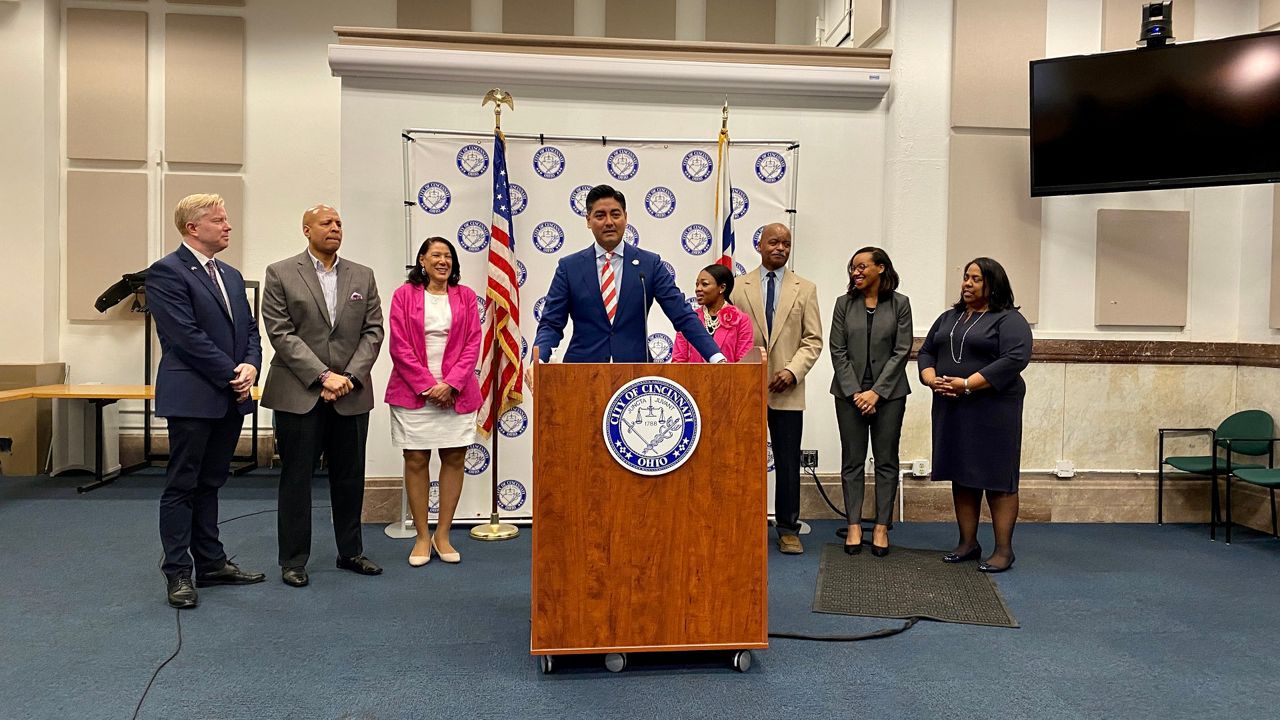
The city of Cincinnati, Hamilton County, the state of Ohio and other partners provide financial tools to new and existing homeowners. (Casey Weldon/Spectrum News 1)
To support more homeownership, Cincinnati City Council last spring invested Cincinnati Council approved using $300,000 of the city’s remaining federal American Rescue Plan Act (ARPA) dollars to further support its American Dream Down Payment Initiative.
The longstanding program, often called ADDI, provides up to $15,000 in forgivable loans to income-eligible Cincinnati homebuyers. They can use the money for a down payment and closing costs.
Lemon Kearney feels those large, upfront payments end up becoming barriers to purchasing a house or condo.
ADDI dollars can also go toward rehabilitation work related to a home purchase.
The Port of Greater Cincinnati Development Authority, or The Port, offers the Communities First – Down Payment Assistance program, which provides first mortgage financing and down payment/closing cost grants to eligible homebuyers.
Ohio Housing Finance Agency (OHFA) also offers a number of statewide first-time homebuyer programs.
“It’s so important that we go back and deal with some vestiges of racist policies like redlining, which really kept a lot of people and Black neighborhoods from getting loans,” Lemon Kearney said.
The city of Cincinnati, Hamilton County, the state of Ohio and partner agencies can assist existing homeowners as well. The government agencies work with partners like People Working Cooperatively on several programs, such as emergency repair grants and low-interest home repair loans. Through the HARBOR program, homeowners can get grants for building code violations they can’t afford to pay.
“The cost of keeping up a home can be astronomical,” Lemon Kearney said. “Our goal isn’t just to get people to own a home, but to make sure they can continue to live there.”
Dansby stressed anyone can become a homeowner as long as they’re committed to the process.
“The key is to get on the path and not stop,” he added. “If you believe you want to become a homeowner, then let’s make it happen. Once we can assess where a person is from a savings and credit perspective, it’s easy for us to outline a plan to get them on the path to purchasing a home.”
For some people, the process is simple, but others may take a year or longer. With Rogers, the process took three or four months.
Regardless of how long it takes, Rogers believes buying a home is worth it.
“You can do it,” she added. “You have to be patient, but it’s so important for our community.”

